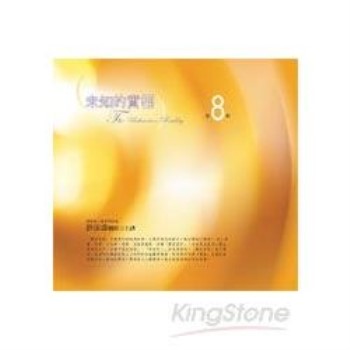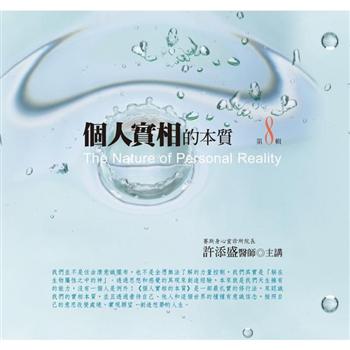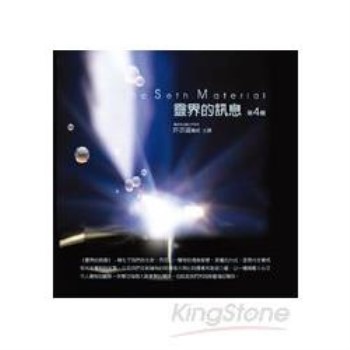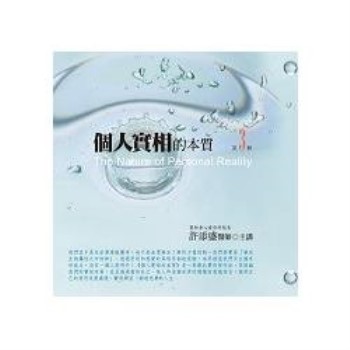Half a century after Pasolini’s death, his legacy still pervades the diverse creative fields in which he worked; he remains a source of inspiration for filmmakers today.
Pier Paolo Pasolini was an intellectual with a painfully lucid view of his time, acutely aware of the rise of consumerist society. Although Pasolini considered himself primarily as a writer, he was best known through his film repertoire. Cinema provided a sounding board for his political ideas, which also played a central role in his written work. Pasolini’s pluralistic approach combined poems, novels, essays, political statements, and films to create a cohesive message. This book, and the exhibition it accompanies, demonstrates how the aesthetics of the writer-director’s films were developed and influenced through the prism of classical and contemporary art with film clips juxtaposed alongside paintings by Pontormo, Pieter Claesz, Giorgio Morandi, Fernand Léger, and Francis Bacon. It retraces Pasolini’s formative years studying art history at the University of Bologna under the guidance of Roberto Longhi. In his films, Pasolini reappropriated classical paintings in three ways: reproducing them as "living paintings" (The Deposition of Pontormo in La Ricotta); referencing them by reworking their composition or evoking striking details (Caravaggio’s Sick Young Bacchus in Accatone); or including them on set (Juan Gris’s Nature morte devant une fenêtre ouverte in Salo). To complete the book, works by thirty contemporary artists such as John Waters, Jenny Holzer, William Kentridge, Tom Burr, Marlene Dumas, Ernest Pignon-Ernest, Giovanni Fontana, and more demonstrate Pasolini’s lasting influence on the art world. This book accompanies an exhibition held at the Nouveau Musée National de Monaco from March 29 to September 29, 2024.| FindBook |
|
有 1 項符合
de sardes的圖書 |
 |
$ 1710 | Pasolini in Chiaroscuro
作者:de Sardes 出版社:Flammarion-Pere Castor 出版日期:2024-09-03 語言:英文 規格:平裝 / 224頁 / 23.5 x 17.78 cm / 普通級/ 初版  看圖書介紹 看圖書介紹
|
|
|
圖書介紹 - 資料來源:博客來 評分:
圖書名稱:Pasolini in Chiaroscuro
|











